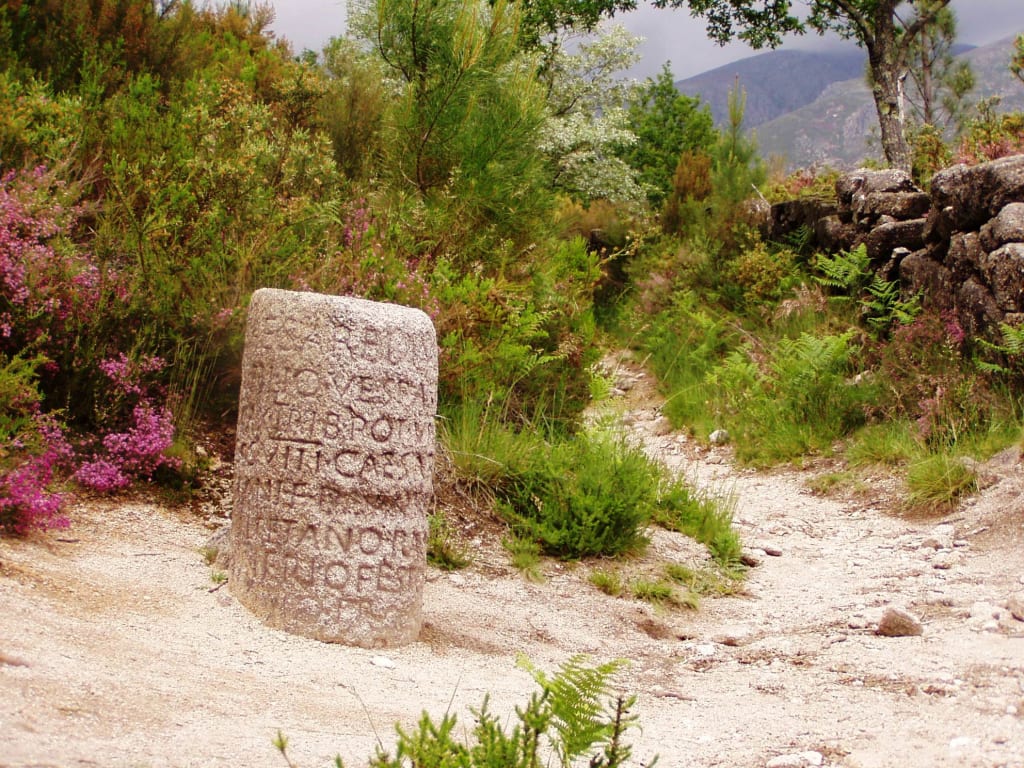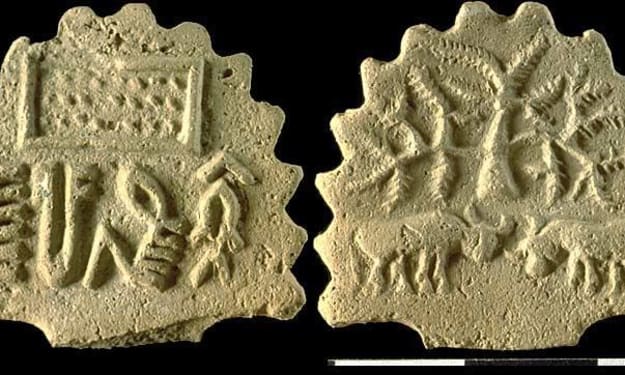The secret history of the Roman Mile Markers
History

In the vast and interconnected Roman Empire, mile markers stood as enduring symbols of Roman engineering prowess, administrative efficiency, and expansive infrastructure. These markers, known as miliaria or milliaria, were stone columns or pillars strategically placed along the extensive network of Roman roads that crisscrossed the empire, facilitating communication, trade, and military movements.
Imagine the bustling Roman world, where armies marched, merchants traded, and travelers journeyed along meticulously constructed roads stretching from Britain to Egypt and from Spain to Asia Minor. Along these roads, mile markers served as vital waypoints, indicating distances to major cities, provinces, and key points of interest. Carved with inscriptions in Latin numerals and often bearing the name of the emperor or local authorities responsible for their construction and maintenance, these markers provided essential navigational guidance to travelers and officials alike.
The significance of Roman mile markers extended beyond mere distance markers. They symbolized Roman imperial control and order, reflecting the empire's commitment to efficient governance and logistical coordination. Erected primarily during the Roman Republic and Empire, these markers ensured efficient communication and transportation, facilitating the rapid movement of goods, troops, and information across vast territories.
The construction of Roman mile markers exemplified the empire's technological and engineering achievements. Made from durable materials such as limestone, marble, or granite, these markers were built to withstand the elements and the passage of time, attesting to the Romans' meticulous craftsmanship and long-term planning. Their uniform design and standardized placement along major roads underscored the Romans' systematic approach to infrastructure development and urban planning.
Beyond their practical function, Roman mile markers also served as symbols of Roman cultural and political dominance. Inscribed with the names of emperors, governors, or benefactors who sponsored their installation, these markers reinforced imperial authority and civic pride in Roman achievements. They were often decorated with reliefs or decorative elements, further emphasizing their importance as public monuments and landmarks along the Roman road network.
The legacy of Roman mile markers continues to be felt today. Many of these ancient markers have survived millennia of history, standing as tangible reminders of the Roman Empire's enduring impact on European and Mediterranean civilizations. Preserved examples can be found in museums, archaeological sites, and along modern roads that follow the routes of ancient Roman highways.
In celebrating the legacy of Roman mile markers, we recognize their role in shaping the physical and cultural landscapes of Europe and the Mediterranean. They represent not only the Romans' engineering ingenuity but also their commitment to connectivity, commerce, and effective governance across diverse regions and cultures. By studying these markers, we gain insights into Roman urban planning, infrastructure management, and the interconnectedness of the ancient world.
Today, Roman mile markers serve as historical artifacts and educational tools, offering valuable insights into ancient Roman life, governance, and technological achievements. Their preservation and study contribute to our understanding of the evolution of transportation systems, urban development, and administrative practices in antiquity.
Moreover, Roman mile markers played a crucial role in facilitating rapid communication and military logistics. Positioned at regular intervals along Roman roads, these markers enabled efficient movement of Roman legions, officials, and messengers, ensuring swift responses to emergencies, maintaining order, and reinforcing Roman authority in distant provinces. Their strategic placement exemplified the Romans' strategic foresight and organizational prowess, contributing to the empire's military dominance and administrative efficiency over centuries of expansion and governance across Europe, North Africa, and the Near East.
The enduring legacy of Roman mile markers underscores the Romans' enduring impact on global history and the ongoing relevance of their innovations in engineering, governance, and infrastructure. They stand as enduring symbols of human ambition and ingenuity, inspiring admiration for the Romans' ability to build and maintain vast networks that connected diverse peoples and cultures across their expansive empire.
About the Creator
Marveline Merab
“History never repeats itself. Man always does.”
― Voltaire
Enjoyed the story? Support the Creator.
Subscribe for free to receive all their stories in your feed. You could also pledge your support or give them a one-off tip, letting them know you appreciate their work.






Comments
There are no comments for this story
Be the first to respond and start the conversation.